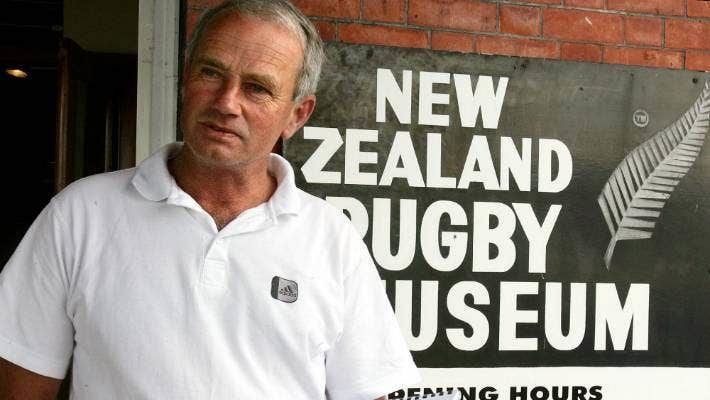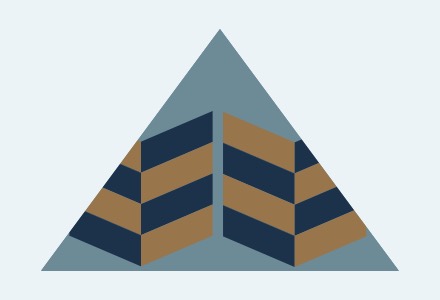



Oral Interview - Clive Akers
- Description
-
Clive Akers is an Ōpiki farmer, local historian, author and long time supporter of rugby. He has published seven books since he started in 1981 and has edited the New Zealand Rugby Almanack since 1994. Most of his work has been about rugby, but he has completed two books with a wider view: Monro: The Life and Times of the Man Who Gave New Zealand Rugby and Balls, Bullets and Boots. Interview conducted by Leanne Hickman for the Ian Matheson City Archives. Length: 1 hour, 30 minutes.
ABSTRACT: 1:00 William Akers arrival in New Zealand in 1868. 1:50 William’s cousin Frederick Akers married Agnes, George Snelson’s sister. Became a doctor in Palmerston North. 2:50 William Akers farming on Palisser Bay. 3:30 Leasing land on what is now known as Linton. Farming sheep and cows. 4:19 Hugh Akers born in 1887. First European born in that area. 6:09. In 1883 William lived in Broad Street, now known as Broadway in Palmerston North and commuted to the farm. Gradually leased more land off Rangitane. 7:38 Hugh Akers later named the area Opiki because it was short and easy to brand the wool bales. 9:20 Beginning growing flax and the flax industry. 10:43 Surveyed land and leased sections to flax millers. 11:42. Hugh Akers and Siefert went into partnership with the Tane Mill at Opiki. Built the Opiki Bridge with railway tramlines on it for the transport of flax. Flax had a disease and the transport stopped. Hugh put land back to grazing and put in roads. Sold off some of hte land which brought more people into the district. Ripped up tramlines and became a road. Added a toll to the bridge. 15:30 ‘Riverdale’ became seven and a half thousand acres with a lot of river frontage. Spent a lot of money on river protection. 16:45 Hugh Akers owned sections in Pascal Street and involved in A&P Association. 17:23 Building the homestead at Opiki. Very involved in All Saints’ Church and gave land in Pascal Street to the Children’s Home. 20:48 Hugh Akers founded the Linton Rifle Club c.1911. Won a New Zealand team’s championship one year. Trained a lot of the men who went to the First World War. 22:00 Stuffed Emperor Penguin gifted to Hugh from Ernest Shackleton in appreciation of financial support. 24:12 In the 1920s Riverdale was divided and Arthur Akers took the Linton end and Hugh took the other end – now Opiki. Hugh gifted land for a school in 1928 and they adopted the Opiki name. 25.45. Authur named his land Tipuna after a nearby lagoon. Had a horse called Catalogue which he sold and then the next year it won the Melbourne Cup about 1938. The oldest horse to win the Melbourne Cup. First local horse to win the Melbourne Cup. Remains of the horse are somewhere in Awapuni near Riverdale School. 28:30 Hugh died in 1933 when Clive’s father Alan was still at school. The farm was run by managers until Alan came back from the Second World War. 32.20. Alan Akers became a chief steward for the A&P Association. Three Akers generations involved in the A&P Association. Sheep pavillion was renamed Akers Pavillion for a time. 34:45 Clive’s mother Molly Akers and writing the history of Opiki in the 1970s with help and encouragment from Ian Matheson. Wrote a book called From Fibre to Food. Also did a history of the toll bridge. 38:32 Godfrey Bown setting a world record for shearing sheep in the Akers woolshed in 1953. 42:35. Clive went to school at Opiki School. Quite a large community at that time. 45:00 Grew potatoes and onions to help feed the American army bases during the Second World War. 47:00 Working as a shepherd in the King Country. 57:45 Beginning to be interested in rugby history. Went to St Matthews Church where George Nepia also went. 1975 became involved in the Rugby Museum. Initially didn’t have a museum premises until 1977 but displays were dotted around the city. 1:01:38. Opened the Rugby Museum in the old art gallery in Grey Street. 1:04:34 Rugby Museum outgrew Grey Street by the late 1980s. Old Kairanga County building became available in Cuba Street. Moved in 1991. Clive became Chairman in 1994 and it still Chairman. 1:05:42 Became and editor of the Rugby Almanack around 1994 after doing a number of centennial books for rugby unions. 1:07:20 In 2008 wrote a biography on Charles Munro based on his diaries and letters. Not just about early rugby but also an account of an early settler. 1:12:20 In 2010 Rugby Museum moving from Cuba Street to Te Manawa. 1:15:27 Writing Ball, Bullets and Boots and taking a Museum exhibition on the road around the country. 1:20:20 The assistance and generosity of Ian Matheson. 1:24:26 Published a register of rugby players which contains all first-class players and referees since 1870. 1:26:30 Receiving the Member of New Zealand Order of Merit for service to rugby and historical research.
Identification
- Object type
- Audio
- Relation
- IMCA Digital Archive
- Date
- March 18, 2021
- Digitisation id
- 2021Au_IMCA-DigitalArchive_034754
- Format
- Born Digital
- Held in
- IMCA Digital Archive
Creation
- Created By
- Ian Matheson City Archives
- Place
- Manawatū
Object rights
- License
- By Attribution Alone




